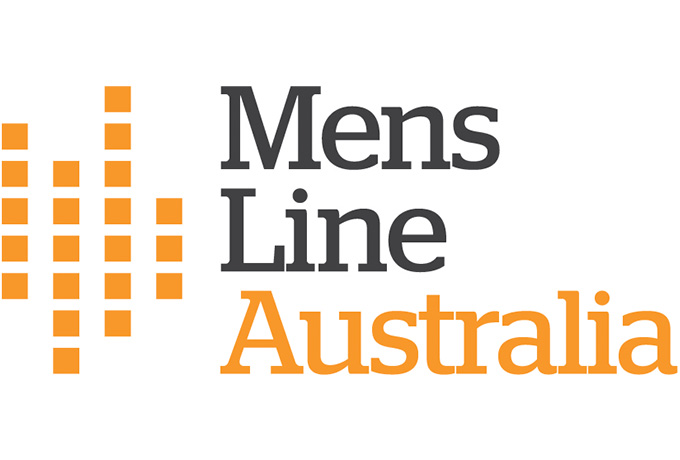Health professionals play a crucial role in breaking the cycle of abuse. However, identifying domestic and family violence is complex. Factors such as victims’ and perpetrators’ ability to mask, minimise, and deny abuse, and the professional’s experience and biases, can impact assessments. Here are some things to consider, when assessing the family violence risk and safety.
Starting the conversation and assessing the risk
Opening the conversation
Opening the conversation can be as simple as asking how things are at home. More specific questions include:
- Have there been many arguments?
- What are you like when you argue?
- How would your partner describe you during an argument?
- Have you ever hurt your partner?
- Does your partner ever seem afraid of you?
Assessing potential risk
Consider the following factors when assessing the risk of someone with a history of abuse and domestic violence:
- Recent or imminent separation
- Past assault of family members
- Past assault of strangers or acquaintances
- Past breach of injunctions, court orders, or conditions
- Victim or witness of family violence as a child or adolescent
- Substance abuse
- Recent mental health issues related to violence
- Past physical assault of partner
- Partner pregnant or recently given birth
- Sexual assault or sexual jealousy
- Past use of weapons or threats of death
- Recent escalation in frequency or severity of assaults
- Extreme minimisation or denial of domestic violence history
- Attitudes that support or condone domestic abuse.
Immediate safety measures
When assessing immediate risk, it is crucial to:
- Enquire about the availability of means for violence.
- Determine if the person has access to weapons or dangerous objects.
- Ascertain the lethality of the means available.
- Ensure the person is not left alone if they are in immediate danger.
- Develop a safety plan, including emergency contacts and safe places.
In an emergency, call 000.
Detailed screening and risk assessment
Thorough domestic and family violence risk assessment requires specialised knowledge. The Screening, Risk Assessment and Safety Planning tool for family law professionals outlines essential skills and knowledge:
- Recognising the dynamics of power and control and their impact on disclosure during risk assessment and safety screening.
- Awareness that disclosures about violence can escalate risk and impact the safety of partners and children.
- Delivering effective information about the purpose of screening and risk assessment to upset, fearful, or resistant clients.
- Being aware of language and cultural challenges when discussing family violence, including how culture may impact presentation and responses.
- Maintaining a respectful approach when exploring personal and private matters.
- Making relevant referrals for clients and ensuring they are appropriate and accessible.
This video from 1800 RESPECT focuses on assessing risk and safety with those experiencing violence.
Several tools have been developed to assist with risk and safety assessment, such as the Common Risk Assessment Framework in Victoria and the and Domestic Violence Safety Assessment Tool in New South Wales. These frameworks are very useful for forming a sound assessment of the extent of violence and current risk.
Documentation and follow-up
Documenting all assessments, discussions, and interventions is crucial. Ensure that all details are recorded accurately and comprehensively. Regular follow-up with the client is essential to monitor ongoing risk and provide continued support.
MensLine Australia is a free telephone and online counselling service offering support for Australian men anywhere, anytime. The service is open 24/7 and is delivered by professional counsellors. Call 1300 78 99 78.





